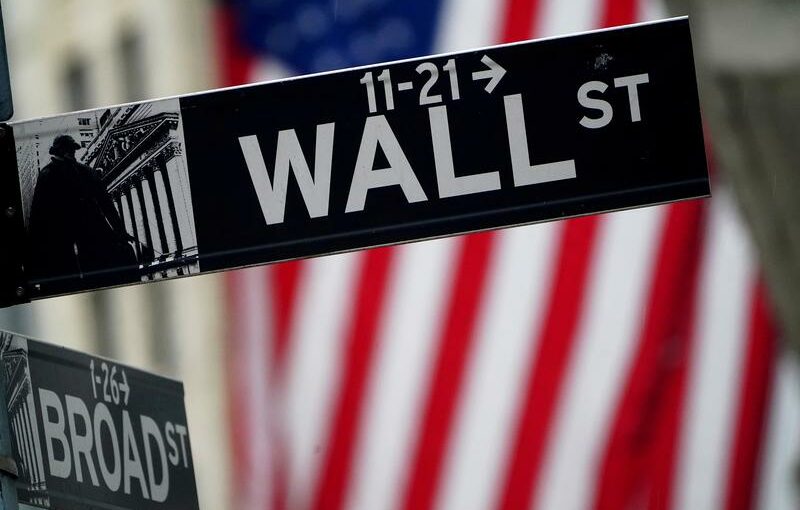SINGAPORE/WASHINGTON (Reuters) – U.S. Treasury yields hit one-year highs on Wednesday, lending support to the dollar but pressuring lofty valuations for stocks, as investors reckoned that a stimulus-fuelled global recovery will eventually bring rising inflation.
Benchmark ten-year U.S. Treasury yields rose as far as 1.3330% in Asia, the highest since February 2020, although they later eased back to 1.2989%. [US/]
The gap over two-year yields also opened to its widest in nearly three years, as traders figure that short-term monetary policy will stay accommodative, even as the world bounces back from the pandemic.
The prospect of better risk-free returns weighed on equities and MSCI’s broadest index of Asia-Pacific shares outside Japan was stalled just shy of Tuesday’s record peak.
Japan’s Nikkei fell 0.7% and S&P 500 futures slipped 0.3% after the index posted a small fall overnight.
“You’re basically taking away a deflation worry,” said Rob Carnell, chief economist in Asia at ING.
“It’s a general sense that things are moving back to normal, and probably the single biggest driver of that is the fall in COVID numbers in U.S., it’s the re-opening that really delivers you the growth,” he said.
New COVID-19 cases in the United States fell for a fifth consecutive week last week.
The bonds selloff, which was jump-started in January when Democrats won control of the U.S. Senate, has now added almost 40 basis points to U.S. 10-year yields this year as investors price in heavy government borrowing for stimulus spending.
Overnight on Wall Street, the Dow Jones was helped to a record closing high by gains from banks, which benefit from higher yields, while the S&P 500 fell 0.06% and the Nasdaq dropped 0.3%. [.N]
Besides a cooling in stock-market exuberance, gold and the Japanese yen, have been other casualties of the rise in U.S. yields. Gold, which pays no income, tends to fall when yields rise and it touched a two-week low on Wednesday. [GOL/]
The yen is sensitive to U.S. rates because Japanese yields are anchored and higher U.S. returns can attract investment flows out of yen and into dollars. The yen hit a five-month low against the dollar on Wednesday and has lost 2.7% this year.
CHILL
A Texas cold snap that has shut down about a fifth of U.S. oil production has also stoked inflation expectations by boosting oil prices to 13-month highs. [O/R]
Front-month gas futures also jumped as much as 10% to a more than three-month high, though a stronger U.S. dollar has since pared some of the rise.
U.S. crude futures slipped 0.6% to $59.71 a barrel on Wednesday after poking above $60 on Tuesday, while Brent crude futures were also down 0.6% at $62.95.
In currency markets, the dollar’s strength was applying broad pressure. The euro dipped below its 20-day moving average to $1.2083.
The Australian and New Zealand dollars each slipped a fraction and the British pound, which has been surging as vaccinations roll out rapidly across the United Kingdom, was forced back below $1.39 and last sat at $1.3874. [FRX/]
Ahead on Wednesday investors will be eyeing inflation data releases in Britain and Canada for any signs of a jump. U.S. retail sales data is also due, as are newly published minutes from the Federal Reserve’s January policy meeting.
“Tonight’s release of the … minutes is likely to reinforce the notion that the Fed is committed to keeping rates low for a longer period of time,” Sophia Ng, an analyst at MUFG Bank at Singapore, said in a note to clients.
Earnings reports this week from Hilton Worldwide Holdings Inc, Hyatt Hotels Corp and Marriott International Inc will also be scrutinized for signs of a pickup in global travel demand.
(This story corrects typo in headline)
Source: Read Full Article
